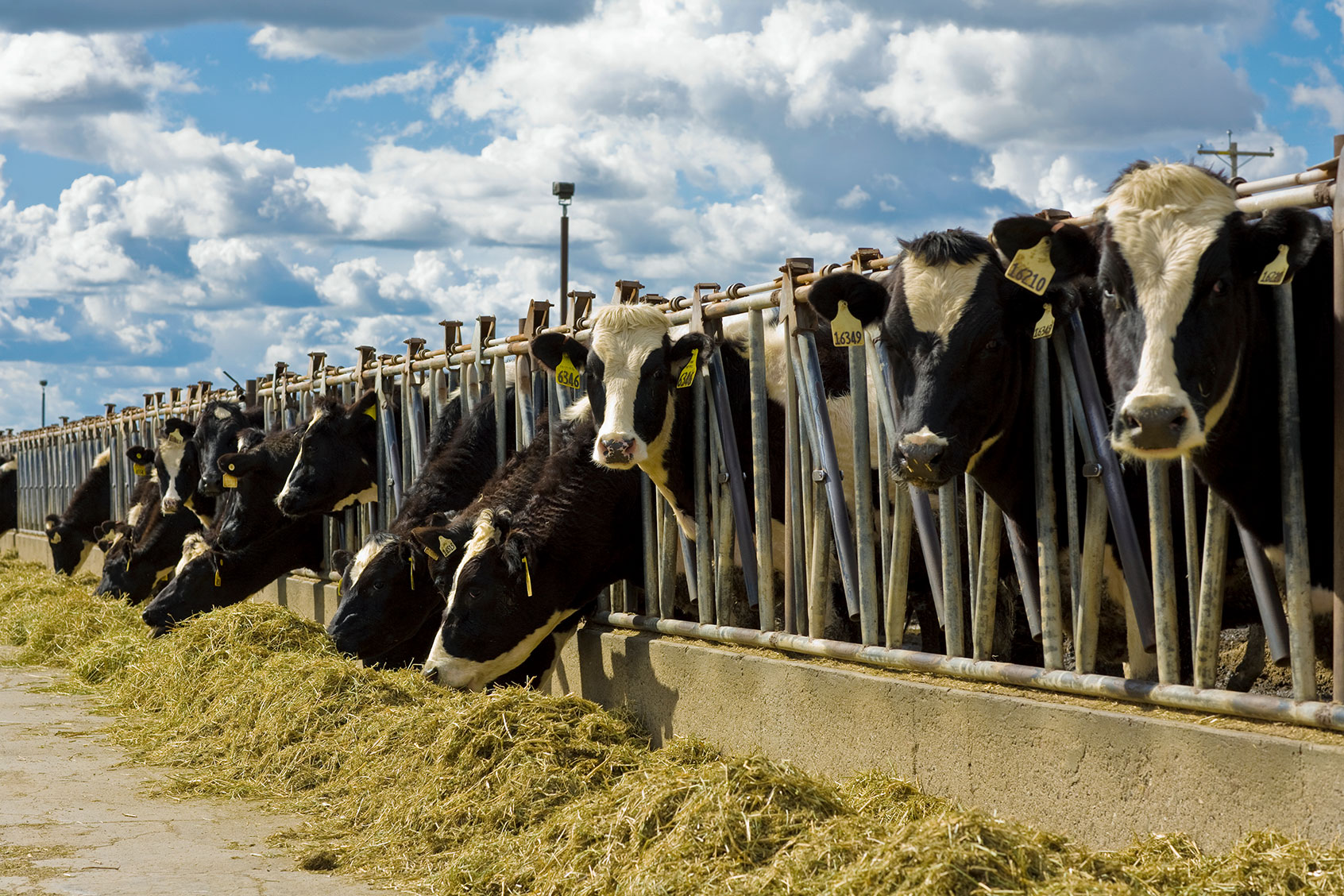On Monday, California became the 14th state to report outbreaks of bird flu in dairy cows. Some have wondered how the Golden State avoided an outbreak thus far in the bird flu crisis, after nearly 200 outbreaks have been reported from Colorado to Texas to Michigan. It’s especially puzzling given that California is the nation’s largest dairy producer. "It seemed like it might be only a matter of time,” Terry Lehenbauer, a bovine disease epidemiologist and professor emeritus at the University of California, Davis, told Stat News last week. Now that time has arrived.
In late August, cows at three dairy farms in the Central Valley displayed symptoms for highly pathogenic avian influenza and later tested positive, according to the California Department of Food and Agriculture. No humans have been reported infected.
Bird flu concerns public health experts because the H5N1 virus poses pandemic potential just like swine flu (H1N1) and COVID-19. It is very contagious and can be deadly. The virus has been rapidly spreading in birds and other wild animals for several years now, but has now spread to dairy cows, alarming experts who fear zoonotic transmission from birds to mammals could make humans more susceptible to illness.
The Centers for Disease Control and Prevention still report that the current public health risk is low, though farmworkers are at greatest exposure risk. Since 2022, 14 people have become infected with H5N1, with 10 of these cases resulting from exposure to poultry and the rest from dairy cows. None of the cases were fatal. Some research suggests the true number of cases is going undetected. This year’s multi-state outbreak is unprecedented, with the U.S. Department of Agriculture reporting 197 cases so far, including those in California. Experts warn if we don’t properly surveil this virus via testing and quarantining dairy herds, it could lead to bigger problems.


